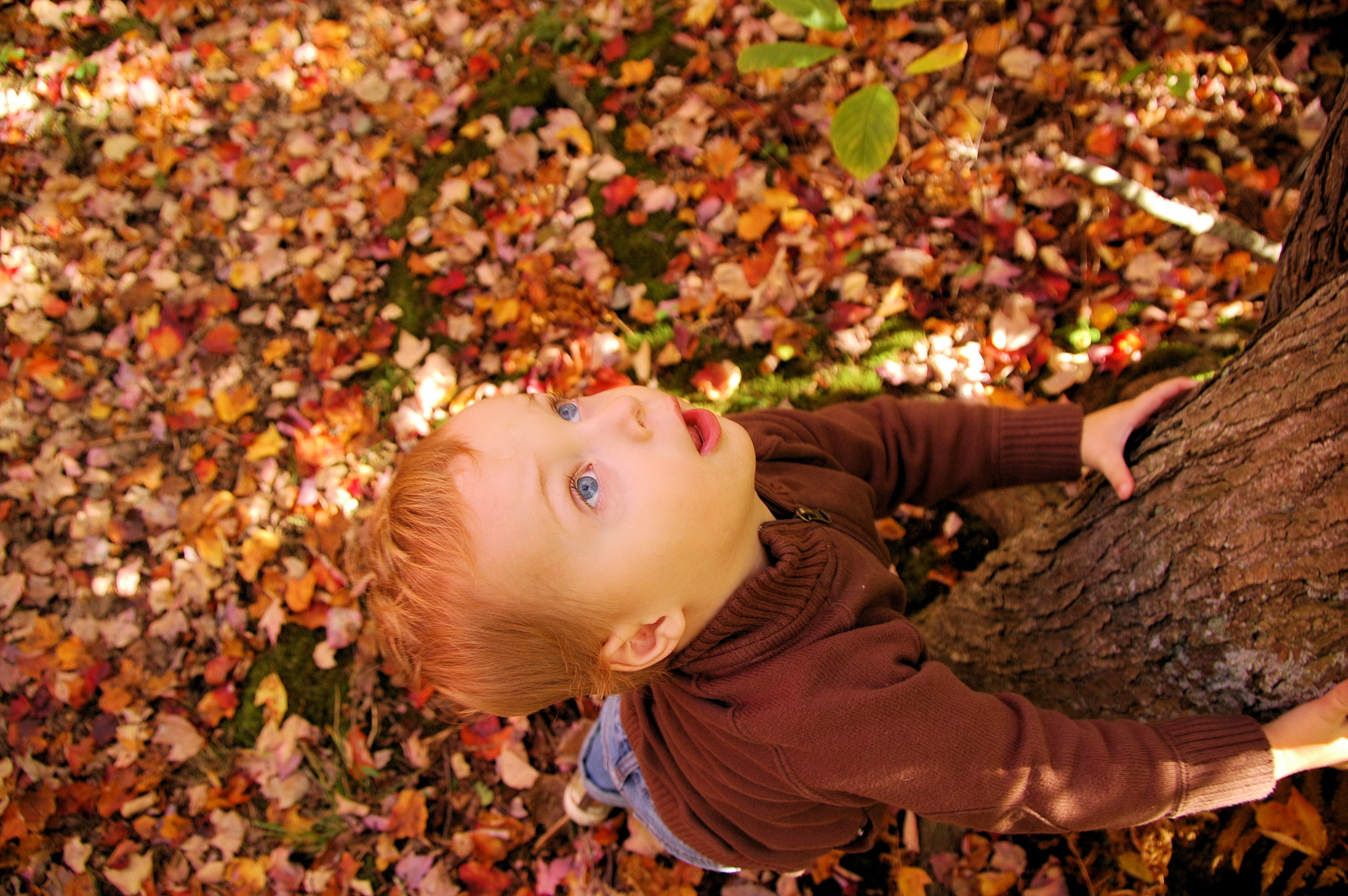
“Look deep into nature, and then you will understand everything better.”
~ Albert Einstein
I came across two seemingly-unrelated topics recently. The first was about how trees have been “proven” to improve our health (this never needed proving in my books!) and the second was related to early childhood development, which I was researching.
Of course, these topics are not at all unrelated, and it’s so brilliant when forces collide to bring you to new syntheses of thought.
I recently wrote about some lesser known facts about trees, including their usage in Western medicines. Now, I’ve read on Planet Save that a UK author, Matthew Silverstone, has made the connection between hanging out with plants and health benefits including:
>> Alleviating mental illness
>> Reducing the effects of Attention Deficit Hyperactivity Disorder (ADHD)
>> Helping with concentration and reaction times
>> Helping people suffering from depression
>> Helping ease headaches.
The article goes on to mention that many studies have already shown that children who spend time with plants and exhibit signs of mental and physical wellness, and that green areas should be thought of as medicine.
Um, yes! I can say with absolute certainty that it’s no coincidence that the headaches I’ve always been prone to get completely disappeared in the time I spent very close to nature for extended periods of time in recent years.
Being around nature, coupled with an intention to really be in the moment, where you are, surrounded by all that lush green and ancient wisdom, taking it all in, does wonders on all levels.
I thought it would be fun to look at what are generally considered to be the key areas of development in children and imagine, unencumbered by scientific research (time for common sense!), and how playing outside might positively affect each respective area of development.
The website howkidsdevelop.com lists five key areas of development. I quote from their site, and offer my own take in the paragraph below each point.
1. Cognitive Development
This is the child’s ability to learn and solve problems. For example, this includes a two-month-old baby learning to explore the environment with hands or eyes or a five-year-old learning how to do simple math problems.
This might sound crazy, but I imagine Dorothy in The Wizard of Oz landing herself in the thick of a wild, scary and wondrous forest on her way to see the Great and Mighty Oz. She had to learn to navigate this new environment and solve many a puzzle before reaching her destination. Hello, cognition! Those poppies may have induced a great, long slumber, but ultimately the forest taught her how to use her pig-tailed, wanderlust-filled head.
2. Social and Emotional Development
This is the child’s ability to interact with others, including helping themselves and self-control. Examples of this type of development would include: a six-week-old baby smiling, a ten-month-old baby waving bye-bye, or a five-year-old boy knowing how to take turns in games at school.
Most of us have kept plants before, and many of us have probably wound up talking to them, cheering them on, feeling sad when they’re drooping, watching in wonder and amazement as new buds grow and flowers bloom. If this is not emotional engagement, curiosity, empathy and compassion, what is? It’s very easy to imagine kids playing, not only with each other, but with the amazing life all around them, learning feelings and sociability along the way.
3. Speech and Language Development
This is the child’s ability to both understand and use language. For example, this includes a 12-month-old baby saying his first words, a two-year-old naming parts of her body, or a five-year-old learning to say “feet” instead of “foots”.
This might be a stretch, but while in nature, kids can learn the sounds of so many creatures communicating – crickets, grasshoppers, endless species of bugs and birds. Plants might do it a little more quietly, but they are communicating too, and if anyone has the sensitivity to pick up on that, it’s kids, with their-already magical ties to worlds adults can forget to recognize.
4. Fine Motor Skill Development
This is the child’s ability to use small muscles, specifically their hands and fingers, to pick up small objects, hold a spoon, turn pages in a book, or use a crayon to draw.
This one is clear as an intricate spider web on a sunny day. Kids are curious. They see flower, weeds, knarly tree branches, and they want to touch it, poke it, pick it apart, try to eat it … you name it. Many plants are small, thin, reedy, and perfect for the fine-tuning of motor skills, as are the the smaller critters out there. (I guess video game consoles or iPads or whatever’s going on now are effective that way too, but once upon a time, it was the dandelion and the grasshopper mediating our sense of play in the world, and our sense of play was never stronger).
5. Gross Motor Skill Development
This is the child’s ability to use large muscles. For example, a six-month-old baby learns how to sit up with some support, a 12-month-old baby learns to pull up to a stand holding onto furniture, and a five-year-old learns to skip.
Large muscles need larger trees! The world’s thankfully still got some left, and a childhood spent climbing them and even making little homes in them is a childhood well-spent, not only because of how fun and healing is, but also because it helps kids develop their muscles.
So lean in, with a huge smile and open heart to smell a flower, chew on the end of a piece of grass (that hasn’t been sprayed with anything) to find its sweet nectar, climb and hug a tree … and feel better on almost every single level, whether you are a wee one in the throes of development , or a big, nature-loving kid-at-heart, because we never stop growing, and our brains are always ready for more!
Read more from Planet Save here.
Bonus:
A brilliant take on what happens if we think we humans think we can go it alone:
Love elephant and want to go steady?
Sign up for our (curated) daily and weekly newsletters!
Editor: Catherine Monkman
Photo: Flickr










Read 3 comments and reply